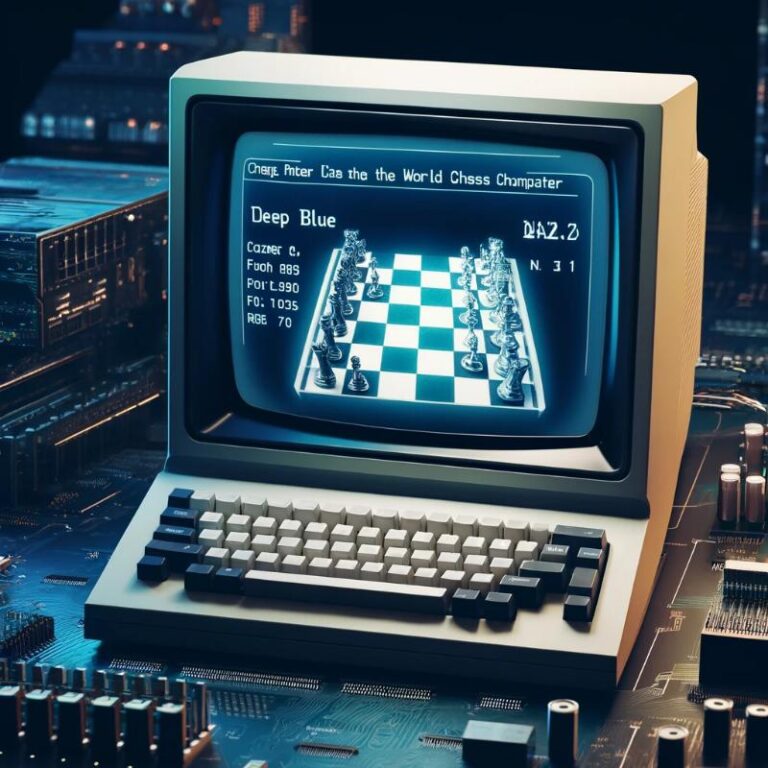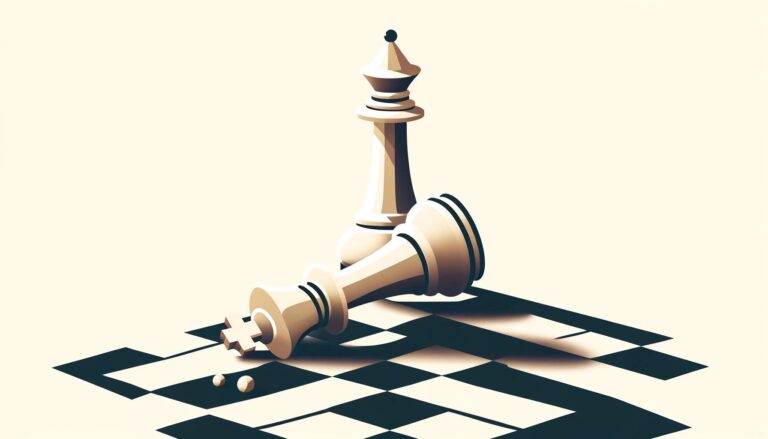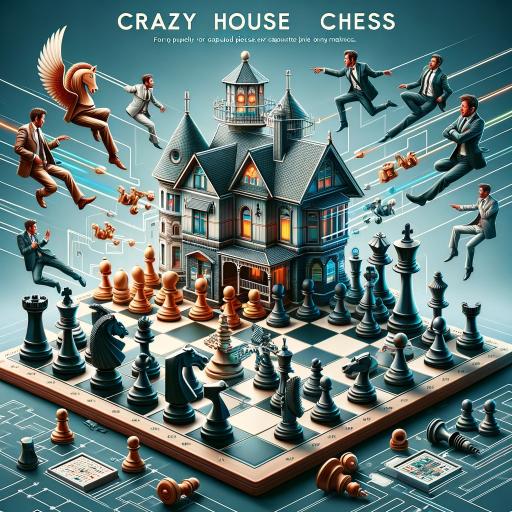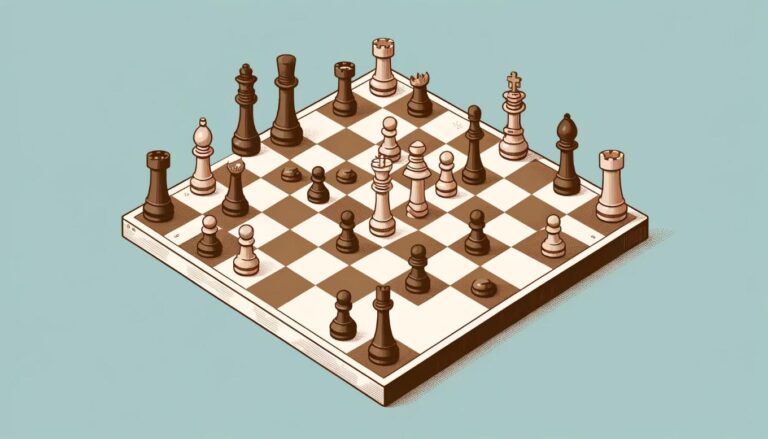Introduction to Correspondence Chess
Correspondence chess, also known as postal chess or long-distance chess, is a form of chess where the players do not sit at the same board during the game. Instead, moves are communicated through a variety of methods such as mail, email, or online platforms. This allows players to make moves at their own pace, giving the game a more relaxed and contemplative nature.
History of Correspondence Chess
The origins of correspondence chess can be traced back to the 19th century when postal services were becoming more widespread and reliable. Before the invention of the telephone and internet, correspondence chess was one of the only ways for players to compete against opponents in faraway locations. The first officially recorded correspondence chess match was in 1824, between Edinburgh and London.
The Appeal of Correspondence Chess
Correspondence chess offers a unique experience for players compared to over-the-board chess. The slower pace of the game allows players to carefully consider their moves, analyzing future strategies and experimenting with different variations. It also allows for greater flexibility and convenience, as players can make moves whenever they have spare time, rather than having to schedule specific times to meet for a game.
The Use of Technology in Correspondence Chess
As technology has advanced, so has the popularity and accessibility of correspondence chess. With the rise of the internet, online platforms have made it easier for players to connect and play against opponents from all over the world. These platforms also have features such as computer analysis, chat rooms, and databases, making correspondence chess even more appealing.
The Beauty of Long-Distance Play
Correspondence chess has a distinct charm that sets it apart from over-the-board chess. The slow pace of the game provides an opportunity to deeply explore the intricacies of chess and develop a deeper understanding of the game. It also fosters a greater sense of camaraderie between players, as the extended time spent communicating and analyzing moves can lead to meaningful discussions and friendships.
In conclusion, correspondence chess is a unique and beautiful form of chess that offers a different experience to over-the-board play. Its history, appeal, and use of technology make it a popular and evolving form of the game. Whether used for leisure or for competitive play, correspondence chess is a testament to the timeless nature and enduring global appeal of the game of chess.







